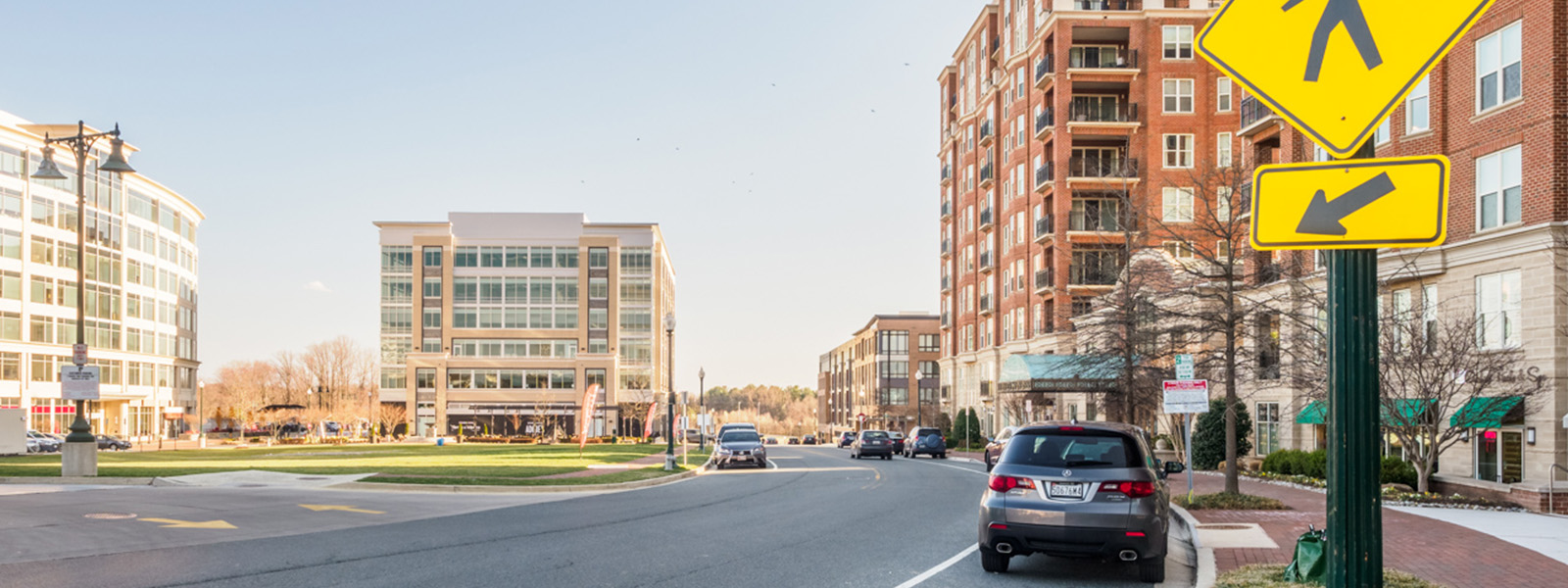A master plan sets a vision for the future of a specific geographic area through recommendations for land uses, zoning, transportation, schools, parks, libraries, fire and police stations, and other activities intended to help implement that vision and enhance quality of life. Master plans also address housing, historic preservation, pedestrian and trail systems, and environmental issues. These plans legally amend the General Plan (also known as Thrive Montgomery 2050) and govern how the county approves, prioritizes, and regulates development.
Public outreach and community feedback typically occurs prior to the release of the Working Draft, but could occur afterward.
Master plans, sector plans, minor master plans, and functional plans follow identical procedures for preparation and adoption. They are prepared by the Planning Department, in cooperation with appropriate county agencies and with extensive community participation, are reviewed by the Planning Board and are approved, after public hearings and work sessions, by the County Council and adopted by The Maryland-National Park and Planning Commission.
Download the printer safe version of the Master Plan Process: English | አማርኛ | 汉语 | Español | فارسی | Français | 한국어 | Tiếng Việt
The Plan Process
-
Work Program, Pre-Scope of Work, and Scope of WorkAgreed-upon plans are added to Montgomery Planning’s work program. To start the plan, planners collect data, determine the plan’s boundary, and conduct technical analysis on the conditions of the plan area. This work culminates in a Scope of Work which is presented to the Planning Board.
-
Visioning and AnalysisPlanners continue identifying issues and begin to identify solutions with the community. Community conversations help develop a vision for the plan, discussing how to improve future community conditions, infrastructure, the built environment, amenities, and more. Planners also review best practices and apply in-house and external expertise to explore possibilities for the community.
-
Preliminary RecommendationsPlanners consult with the community to develop alternative actions and recommendations for the master plan, then present these to the Planning Board.
-
Working DraftThe Working Draft is the first publicly available version of a plan and can be accessed online. The draft is prepared by the Montgomery County Planning Department for presentation to the five-member Montgomery County Planning Board. The Planning Board reviews the Working Draft Plan, makes preliminary changes as appropriate and approves the plan for a public hearing. After the Planning Board’s changes are made, the document becomes the Public Hearing Draft Plan.
-
Public Hearing DraftThe Public Hearing Draft is the formal proposal to amend an adopted master plan or sector plan. Its recommendations are not necessarily those of the Planning Board; it is prepared for the purpose of receiving public testimony at a public hearing held by the Planning Board. After this hearing, the Planning Board holds public work sessions to review the testimony and revise the Public Hearing Draft Plan as appropriate. When the Planning Board’s changes are made, the document becomes the Planning Board Draft Plan.
-
Planning Board DraftThe Planning Board Draft is the Planning Board’s recommended Plan and reflects its revisions to the Public Hearing Draft Plan. The Regional District Act requires the Planning Board to transmit a master plan, sector plan or functional plan to the County Council with copies to the County Executive who must, within 60 days, prepare and transmit a fiscal impact analysis of the Planning Board Draft Plan to the County Council. The County Executive may also forward other comments and recommendations to the County Council.
-
County Executive and County Council Review and Public HearingThe Planning Board draft is sent to the Montgomery County Council and Executive for review. The County Council holds a public hearing to receive public testimony on the Planning Board Draft. After the hearing record is closed, the relevant Council committee holds public work sessions to review the testimony and makes recommendations to the County Council. The full Council holds work sessions, then adopts a resolution approving the Planning Board Draft, as revised.
-
Approval and AdoptionAfter Council approval, the plan is forwarded to The Maryland-National Capital Park and Planning Commission for adoption. Once adopted by the Commission, the plan officially amends the master plans, sector plans and functional plans cited in the Commission’s adoption resolution.
-
Master Plan ImplementationWhile Montgomery Planning provides consultation and research support to the county agencies responsible for making plans come to fruition, we do not implement the plans. Once a plan is adopted, Montgomery County government is responsible for coordinating plan implementation with Montgomery County agencies and partners, along with community members and developers, as appropriate.
Types of plans
The General Plan (Thrive Montgomery 2050) is the highest-level view of the county with the longest time horizon of 30 years. It is like taking an aerial view of the county at 30,000 feet and seeing major land features as compared to a lower elevation view for local area master plans, which allow a closer look at neighborhoods, buildings and road intersections. It sets a vision for the county and encompasses broad, county-wide policy recommendations for land use, zoning, housing, the economy, equity, transportation, parks and open space, the environment, and historic resources. It is a framework for future plans and development that defines the basic land use policies and context for all public and private development in the county. With a 30-year time horizon, Thrive Montgomery 2050 is designed to be flexible and adaptable to constantly changing economic, social, and environmental landscape. It provides direction for decisions about land use, transportation, and related issues under local government influence, but it does not by itself change zoning or other detailed land use regulations although implementation of its recommendations may require such changes. Its recommendations also touch on the objectives and actions of other public and private entities that are responsible for implementing and providing land use related services and amenities. However, while Thrive Montgomery 2050 provides guidance to the entire county, that guidance is not binding upon those municipalities that have independent planning, zoning, and subdivision authority.
While the General Plan provides broad policy direction for Montgomery County, more detailed land use recommendations are found in area master plans. A master plan conveys land use policy for a defined geographic area and sets a vision for the future with specific recommendations intended to help implement that vision. It provides comprehensive guidelines for the use of public and private land, including recommendations for land use, density, zoning, historic preservation, transportation, environment, parks and community facilities. Master plans may recommend general locations for public facilities, such as schools, libraries, fire and police stations. Both the public and private sectors are involved with fulfilling a plan’s vision, which occurs incrementally over 20 to 30 years.
Even more detailed guidelines may be put forth in sector plans or minor master plans, which cover small portions of a master plan area such as Montgomery County’s central business districts and Metrorail hubs. Like master plans, sector plans and minor master plans are also comprehensive in nature and cover all of the elements of a master plan described above, requiring the same review and approval process.
Functional plans provide guidance and recommendations from a countywide perspective on large systems, such as transit corridors, bicycle networks and roadway classifications.


